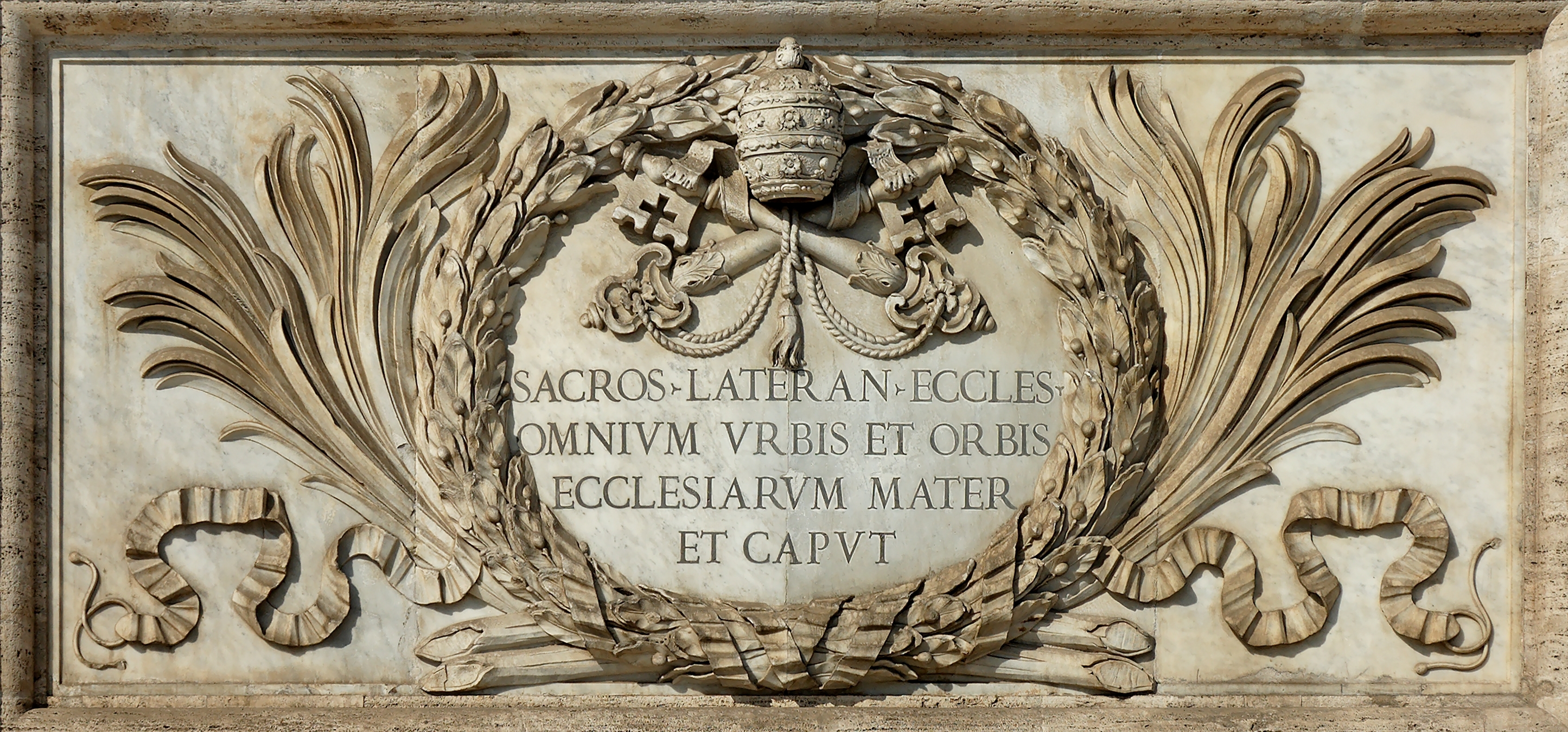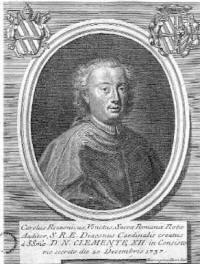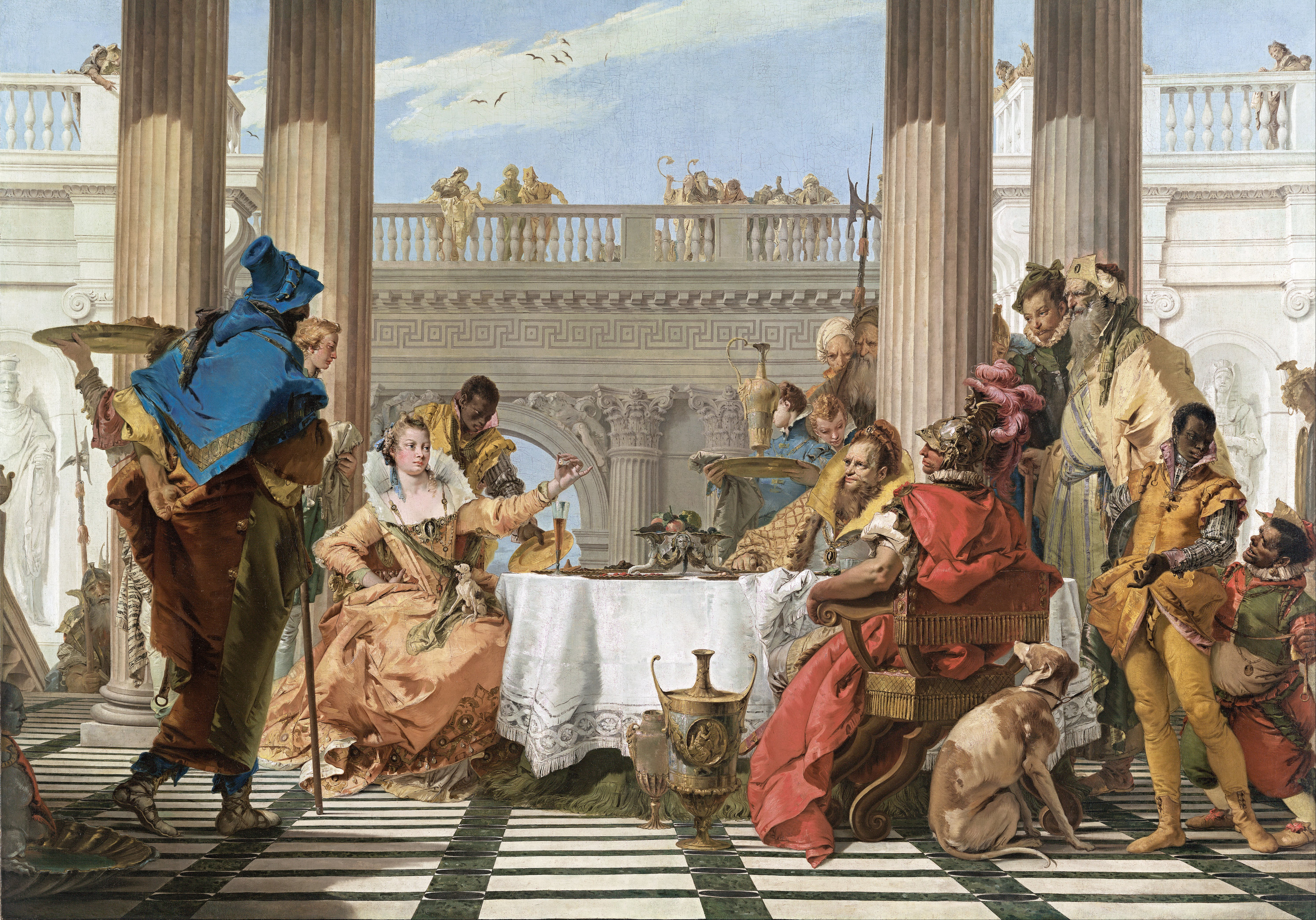|
Giovanni Battista Piranesi
Giovanni Battista (or Giambattista) Piranesi (; also known as simply Piranesi; 4 October 1720 – 9 November 1778) was an Italian Classical archaeologist, architect, and artist, famous for his etchings of Rome and of fictitious and atmospheric "prisons" ('' Carceri d'invenzione''). He was the father of Francesco Piranesi, Laura Piranesi and . Biography Piranesi was born in Venice, in the parish of S. Moisè where he was baptised. His father was a stonemason. His brother Andrea introduced him to Latin literature and ancient Greco-Roman civilization, and later he was apprenticed under his uncle, Matteo Lucchesi, who was a leading architect in ''Magistrato delle Acque'', the state organization responsible for engineering and restoring historical buildings. From 1740, he had an opportunity to work in Rome as a draughtsman for Marco Foscarini, the Venetian ambassador of the new Pope Benedict XIV. He resided in the Palazzo Venezia and studied under Giuseppe Vasi, who introduced h ... [...More Info...] [...Related Items...] OR: [Wikipedia] [Google] [Baidu] |
Carceri D'invenzione
''Carceri d'invenzione'', often translated as ''Imaginary Prisons'', is a series of 16 etchings by the Italian artist Giovanni Battista Piranesi, 14 produced from c. 1745 to 1750, when the first edition of the set was published. All depict enormous subterranean vaults with stairs and mighty machines, in rather extreme versions of the ''capriccio'', a favourite Italian genre of architectural fantasies; the first title page uses the term. The series was started in 1745, when Piranesi was already well-known for more conventional prints of the ancient and modern buildings of Rome. The first state prints were published in 1750 and consisted of 14 etchings, untitled and unnumbered, with a sketch-like look. The original prints were 16" x 21". Piranesi reworked the prints a decade later, giving them second states. For the second edition in 1761, all the etchings were reworked and numbered I–XVI (1–16), with numbers II and V new etchings in the series. The images influenced Romant ... [...More Info...] [...Related Items...] OR: [Wikipedia] [Google] [Baidu] |
Venice
Venice ( ; it, Venezia ; vec, Venesia or ) is a city in northeastern Italy and the capital of the Veneto region. It is built on a group of 118 small islands that are separated by canals and linked by over 400 bridges. The islands are in the shallow Venetian Lagoon, an enclosed bay lying between the mouths of the Po and the Piave rivers (more exactly between the Brenta and the Sile). In 2020, around 258,685 people resided in greater Venice or the ''Comune di Venezia'', of whom around 55,000 live in the historical island city of Venice (''centro storico'') and the rest on the mainland (''terraferma''). Together with the cities of Padua and Treviso, Venice is included in the Padua-Treviso-Venice Metropolitan Area (PATREVE), which is considered a statistical metropolitan area, with a total population of 2.6 million. The name is derived from the ancient Veneti people who inhabited the region by the 10th century BC. The city was historica ... [...More Info...] [...Related Items...] OR: [Wikipedia] [Google] [Baidu] |
Pope Benedict XIV
Pope Benedict XIV ( la, Benedictus XIV; it, Benedetto XIV; 31 March 1675 – 3 May 1758), born Prospero Lorenzo Lambertini, was head of the Catholic Church and ruler of the Papal States from 17 August 1740 to his death in May 1758. Pope Benedict X (1058–1059) is now considered an antipope. At the time, however, this status was not recognized by church historians, and so the tenth legitimate pontiff by this name is the one who took the official name Benedict XI (1303–1304). This has advanced the numbering of all subsequent Popes Benedict by one. Popes Benedict XI–XVI are therefore the tenth through fifteenth popes by that name. Perhaps one of the best scholars to sit on the papal throne, yet often overlooked, he promoted scientific learning, the Baroque arts, reinvigoration of Thomism, and the study of the human form. Firmly committed to carrying out the decrees of the Council of Trent and authentic Catholic teaching, Benedict removed changes previously made to th ... [...More Info...] [...Related Items...] OR: [Wikipedia] [Google] [Baidu] |
Santa Maria Del Priorato
The Church of St. Mary of the Priory ( it, Chiesa di Santa Maria del Priorato), also known as St. Mary on the Aventine ( it, Santa Maria in Aventino), is the monastery church of the Priory of the Knights of Malta on the Aventine Hill in Rome, and is dedicated to the Blessed Virgin Mary. The first church on this site was built in 939, when Odo of Cluny was given the Roman palace of Alberic II of Spoleto, which was then converted into a Cluniac Benedictine monastery. When the monastery was dissolved in the 14th century, the site was acquired by the Knights of Malta, who had the church rebuilt in the 1550s. In 1760, the papal nephew and Grand Prior of the Knights, Cardinal Giovanni Battista Rezzonico, sought to improve the appearance of the buildings. On a limited budget, the church was substantially renovated between 1764-66 according to the designs of Giovanni Battista Piranesi. It is his only architectural work. According to a 2019 account, he "consolidated the structure of th ... [...More Info...] [...Related Items...] OR: [Wikipedia] [Google] [Baidu] |
San Giovanni In Laterano
The Archbasilica Cathedral of the Most Holy Savior and of Saints John the Baptist and John the Evangelist in the Lateran ( it, Arcibasilica del Santissimo Salvatore e dei Santi Giovanni Battista ed Evangelista in Laterano), also known as the Papal Archbasilica of Saint John nLateran, Saint John Lateran, or the Lateran Basilica, is a Catholic cathedral church of the Diocese of Rome in the city of Rome, and serves as the seat of the bishop of Rome, the pope. The archbasilica lies outside of Vatican City proper, which is located approximately to the northwest. Nevertheless, as properties of the Holy See, the archbasilica and its adjoining edifices enjoy an extraterritorial status from Italy, pursuant to the terms of the Lateran Treaty of 1929. The church is the oldest and highest ranking of the four major papal basilicas as well as one of the Seven Pilgrim Churches of Rome, holding the unique title of "archbasilica". Founded in 324, it is the oldest public church in the city of Ro ... [...More Info...] [...Related Items...] OR: [Wikipedia] [Google] [Baidu] |
Pope Clement XIII
Pope Clement XIII ( la, Clemens XIII; it, Clemente XIII; 7 March 1693 – 2 February 1769), born Carlo della Torre di Rezzonico, was head of the Catholic Church and ruler of the Papal States from 6 July 1758 to his death in February 1769. He was installed on 16 July 1758. His pontificate was overshadowed by the constant pressure to suppress the Society of Jesus but despite this, he championed their order and also proved to be their greatest defender at that time. He was also one of the few early popes who favoured dialogue with Protestants and to this effect hoped to mend the schism with the Catholic Church that existed in England and the Low Countries. These efforts ultimately bore little fruit. Biography Early life Carlo della Torre di Rezzonico was born in 1693 to a recently ennobled family of Venice, the second of two children of the man who bought the unfinished palace on the Grand Canal (now Ca' Rezzonico) and finished its construction. His parents were Giovanni Bat ... [...More Info...] [...Related Items...] OR: [Wikipedia] [Google] [Baidu] |
Accademia Di San Luca
The Accademia di San Luca (the "Academy of Saint Luke") is an Italian academy of artists in Rome. The establishment of the Accademia de i Pittori e Scultori di Roma was approved by papal brief in 1577, and in 1593 Federico Zuccari became its first ''principe'' or director; the statutes were ratified in 1607. Other founders included Girolamo Muziano and Pietro Olivieri. The Academy was named for Luke the Evangelist, the patron saint of painters. From the late sixteenth century until it moved to its present location at the Palazzo Carpegna, it was based in an urban block by the Roman Forum and although these buildings no longer survive, the Academy church of Santi Luca e Martina, does. Designed by the Baroque architect, Pietro da Cortona, its main façade overlooks the Forum. History The Academy's predecessor was the ''Compagnia di San Luca'', a guild of painters and miniaturists, which had its statutes and privileges renewed at the much earlier date of 17 December 1478 b ... [...More Info...] [...Related Items...] OR: [Wikipedia] [Google] [Baidu] |
Vedute
A ''veduta'' ( Italian for "view"; plural ''vedute'') is a highly detailed, usually large-scale painting or, more often, print of a cityscape or some other vista. The painters of ''vedute'' are referred to as ''vedutisti''. Origins This genre of landscape originated in Flanders, where artists such as Paul Bril painted ''vedute'' as early as the 16th century. In the 17th century, Dutch painters made a specialty of detailed and accurate recognizable city and landscapes that appealed to the sense of local pride of the wealthy Dutch middle class. An archetypal example is Johannes Vermeer's '' View of Delft''. The Ghent architect, draughtsman and engraver Lieven Cruyl (1640–1720) contributed to the development of the ''vedute'' during his residence in Rome in the late 17th century. Cruyl’s drawings reproduce the topographical aspects of the urban landscape. 18th century As the itinerary of the Grand Tour became somewhat standardized, ''vedute'' of familiar scenes like the Ro ... [...More Info...] [...Related Items...] OR: [Wikipedia] [Google] [Baidu] |
Via Del Corso
The Via del Corso is a main street in the historical centre of Rome. It is straight in an area otherwise characterized by narrow meandering alleys and small piazzas. Considered a wide street in ancient times, the Corso is approximately 10 metres wide, and it only has room for two lanes of traffic and two narrow sidewalks. The northern portion of the street is a pedestrian area. The length of the street is roughly 1.5 kilometres. Description The Corso runs in a generally north-south direction. To the north, it links the northern entrance gate to the city, the Porta del Popolo and its piazza, the Piazza del Popolo, to the heart of the city at the Piazza Venezia, at the base of the Capitoline Hill. At the Piazza del Popolo, Via del Corso is framed by two Baroque churches, Santa Maria dei Miracoli and Santa Maria in Montesanto, and along the street are the church of San Carlo al Corso, the church of San Giacomo in Augusta, the church of Gesù e Maria, the Piazza Colonna ... [...More Info...] [...Related Items...] OR: [Wikipedia] [Google] [Baidu] |
Giovanni Battista Tiepolo
Giovanni Battista Tiepolo ( , ; March 5, 1696 – March 27, 1770), also known as Giambattista (or Gianbattista) Tiepolo, was an Italian painter and printmaker from the Republic of Venice who painted in the Rococo style, considered an important member of the 18th-century Venetian school. He was prolific, and worked not only in Italy, but also in Germany and Spain. Giovan Battista Tiepolo, together with Giambattista Pittoni, Canaletto, Giovan Battista Piazzetta, Giuseppe Maria Crespi, and Francesco Guardi are considered the traditional Old Masters of that period. Successful from the beginning of his career, he has been described by Michael Levey as "the greatest decorative painter of eighteenth-century Europe, as well as its most able craftsman." Biography ''The Glory of St. Dominic'', 1723 Early life (1696–1726) Born in Venice, he was the youngest of six children of Domenico and Orsetta Tiepolo. His father was a small shipping merchant who belonged to a family ... [...More Info...] [...Related Items...] OR: [Wikipedia] [Google] [Baidu] |
French Academy In Rome
The French Academy in Rome (french: Académie de France à Rome) is an Academy located in the Villa Medici, within the Villa Borghese, on the Pincio (Pincian Hill) in Rome, Italy. History The Academy was founded at the Palazzo Capranica in 1666 by Louis XIV under the direction of Jean-Baptiste Colbert, Charles Le Brun and Gian Lorenzo Bernini. The Academy was from the 17th to 19th centuries the culmination of study for select French artists who, having won the prestigious Prix de Rome (Rome Prize), were honored with a 3, 4 or 5-year scholarship (depending on the art discipline they followed) in the Eternal City for the purpose of the study of art and architecture. Such scholars were and are known as ''pensionnaires de l'Académie'' (Academy pensioners). One recipient of the scholarship in the 17th century was Pierre Le Gros the Younger. The Academy was housed in the Palazzo Capranica until 1737, and then in the Palazzo Mancini from 1737 to 1793. In 1803 Napoleon Bonaparte ... [...More Info...] [...Related Items...] OR: [Wikipedia] [Google] [Baidu] |


.jpg)





